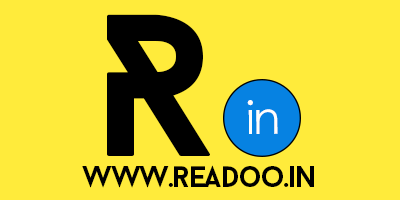Some political masterstrokes hurt the enemy but don’t allow them to scream.
The Opposition on Monday emerged after finance minister Arun Jaitley’s Union Budget speech in wobbly confusion. Harshest words muttered were “a lack of imagination”.
CPI’s D Raja did something almost unbelievable. Asked to find fault with the Budget, the comrade threw red caution to the wind and spoke up for the capitalists: “Outside the budget, they promised a lot to the corporate sector. Not evident now. Nothing spectacular in the Budget.”
With this Budget, PM Narendra Modi and his team threaten to take away something held very dear by India’s large pantheon of Left and Centre-Left parties: the underdog. It is a direct, forceful pitch to rural India.
It is Modi’s way of quietly folding and keeping back in the wardrobe the “suit-boot” image, rolling up his pyjamas and walking to the distressed croplands. National Conference’s Omar Abdullah even graciously accepted that: “By not focusing the benefits of Budget 2016 on the suit-boot people, Arun Jaitley has cleverly made the Opposition’s job a bit tougher.”
While he seems to have taken a big Left turn, he has done it within the framework of reforms. The underlying economic motive is not charity but of hardnosed market economics: that rural prosperity will drive demand.
Irrigation projects, Soil Health Card, model fertiliser retail outlets, organic farming in Northeast, loan interest waiver, crop insurance, four big dairy projects, intensive care of drought-hit blocks, record modernisation, literacy – the Budget leaves very little untouched in that sector. Add to that plans to expedite rural roads, housing, electrification and jobs.One of the rural initiatives that may have the biggest social impact is Rs 1,000 crore for LPG connection to five crore below-poverty, rural households. It has the potential to deeply change rural women’s lives.
The Budget is loaded for the rural poor, but there is something for the urban poor and neo-middle class as well. Cheap health protection schemes, generic medicine outlets, dialysis centres can reduce crucial medical costs which often stand between poverty and a dignified life.
And along with the Opposition’s raging attack on the Dalit issue over the suicide of student activist Rohith Vemula, came the initiative to set up National Scheduled Caste and Scheduled Tribe Hub in partnership with industry associations like Dalit Indian Chamber of Commerce and Industry.
With development as its walls and fiscal prudence as its roof, the Budget is a montage of political windows, mainly looking out at 2017 elections in UP, Punjab and other states. Rs 100 crore each has been kept aside for Guru Gobind Singh’s 350th birth anniversary and Deendayal Upadhyaya’s birthday celebrations.
From charges of being an Ambani-Adani sarkar to the campaign unleashed over an allegedly Rs 10 lakh suit to projecting his globetrotting as disguised holidaying (an accusation easy to sell in a country where a vast majority have never been on a holiday to the next town), Modi’s government and party was moving away from the underdog.
An Arvind Kejriwal, Lalu Prasad Yadav, Mamata Banerjee or Mayawati fit the voice-of-the-downtrodden bill easily, Rahul Gandhi aspired to. Modi has regained that space with this Budget.
In his iconic The Art of War, Sun Zhu says: “When we are near, we must make the enemy believe we are far away; when we are far away, we must make him believe we are near. Attack him where he is unprepared, appear where you are not expected.”
Budget 2016 may not be remembered in terms of reforms as its stellar progenitor 25 years ago, but it will be remembered as one of the politically smartest. Modi has attacked his enemies where they were least prepared, appeared where he was least expected.









